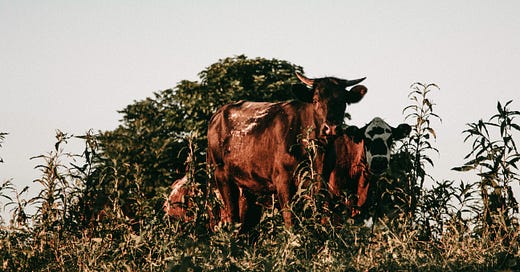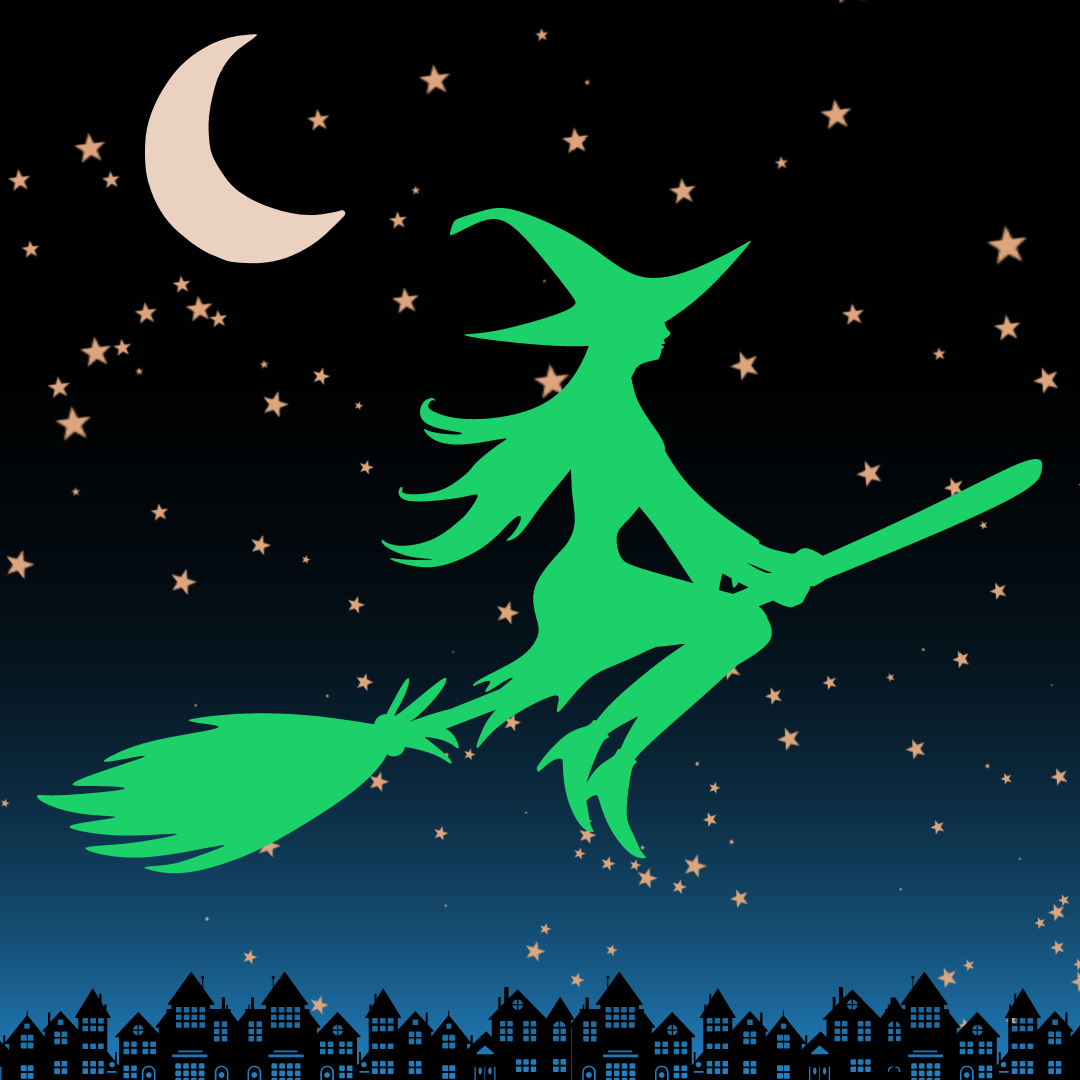As I eagerly anticipate the Halloween season, I’ve found myself meditating on various horror stories that particularly resonate with the animal advocate in me. And I realized, perhaps a bit obtusely, that most people don’t interpret books and movies the way I do. I’m constantly sifting through stories, foraging for commentary on how our society treats animals.
That’s the whole reason why I started Wizard of Claws, to put pen to paper, so to speak, and work through all these thoughts I have about the give-and-take relationship between real life and fiction. I know the niche for my kind of writing is small compared to more generic reviewers, but if you’re here, thank you! I hope you’re getting something from my ramblings, and I hope this kind of analysis of fiction can help people outside our little circle see that taking animals seriously in fiction is important.
Sometimes I forget just how inconsequential animals are to other people, and then I’m startled when they interpret a story in an entirely different way from me. This most often occurs when animals play a direct role in a story, either as characters or as referents. Needless to say, it was a disappointing day in seventh grade Social Studies when I learned that Animal Farm wasn’t actually about animals. And when Tender is the Flesh took over social media, I was genuinely shocked to see that very little discussion was focused on animal agriculture, despite the book being about humans slaughtering and eating other humans as if they were cattle! (Gosh, I’m already getting frustrated.)
Look, I know that Animal Farm is a political allegory. And Agustina Bazterrica has said that her novel is about sexism. But there’s an elephant in the room here, and that’s literally elephants! (Or, like, pigs and horses and dogs and cows, etc., but you get my drift, right?)
Euphemisms
The other day, I was listening to a recent episode of Vox’s podcast, The Gray Area. Host Sean Illing discussed George Orwell with historian Laura Beers, in which she said Orwell believed euphemisms elide truth, that they allow us to “paper over ugly realities.” I can’t help but feel that’s exactly what we’re doing when we analyze a book like Animal Farm without directly addressing the animal characters in the story.
Orwell even wrote, “All animals are equal, but some animals are more equal than others.” That hypocrisy, so clear to readers while immersed in the story, is exactly what animal advocates are trying to fight against in the real world. If we can understand that the fictional animals in Orwell’s book are metaphors for sociopolitical issues, then surely we can remove all the metaphorical language and see those animals as direct representatives of real animals!
Similarly, the protagonist of Bazterrica’s Tender is the Flesh is gifted a woman from the slaughterhouse where he works—a woman destined to become “special meat.” Though the book is, ironically, rather Orwellian in nature, the protagonist comes to care for the woman, to see her as a person just like him rather than a piece of meat. But to apply that same scenario to real animals in real slaughterhouses is a bridge too far, I guess.
Evasion
Perhaps the most disappointing example of this disconnect is the 2016 French film, Raw, in which a young vegetarian begins to crave human flesh after eating meat during a veterinary school hazing ritual. Like Tender is the Flesh, finding in-depth analyses or interviews with the writers is difficult, due to the language barrier, but from what I’ve read, Julia Ducournau has not just disavowed questions about the film’s commentary on meat-eating but seems flummoxed, even hostile, to interpretations in that vein.
Fine. Whatever.
These stories all utilize places of animal exploitation—farms, slaughterhouses, and even veterinary schools, where students learn through vivisection—but refuse to acknowledge the animals themselves, instead twisting to make the stories about humans. Even in these few places in modern society that are animals’ domain, for worse or worser, we warp and twist them to make them about ourselves.
Endings
Let me reiterate that I know stories can have more than one interpretation. Even though Animal Farm is, to me, really about animals on farms, I can still appreciate and enjoy the political commentary. (I’m currently reading an anthology in which each short story is told from the perspective of an animal, though the overarching themes are often about something else. Be sure to check out my Notes for updates and to see more about how using animals as metaphors works or doesn’t!)
Let’s end on a positive note…
Even years after its release, I still see book reviewers on social media lauding Tender is the Flesh. Though they may be quick to point out that they still eat meat, they don’t deny that the novel made them think about it differently—which is more than most stories do, at least. So, though I get frustrated over interpretation issues, I have hope that, with more stories like it, people may start thinking critically about the animals they eat and, eventually, change their habits.
On my mind: The Final
In my quest to watch more post-9/11 horror since writing about War of the Worlds, I recently watched The Final from 2010. Following a group of high school misfits who set a trap for the popular kids, they torture and kill their bullies to get revenge. Though mostly forgettable, what intrigued me enough to turn it on was a scene in which the misfits shoot a bully with a captive bolt gun. The misfits’ leader’s dialogue goes:
“What my friend has there is a cattle gun. It’s used to kill cattle by blasting a spike into their brain. It’s considered humane, but I’ll let you decide.”
When an instrument of “humane slaughter” is turned upon a human, all pretense flies out the window. The obvious implication is that there’s nothing humane about utilizing such a device, especially when the one being shot is held against their will. You never know where you might find a little nugget of animal activism.





